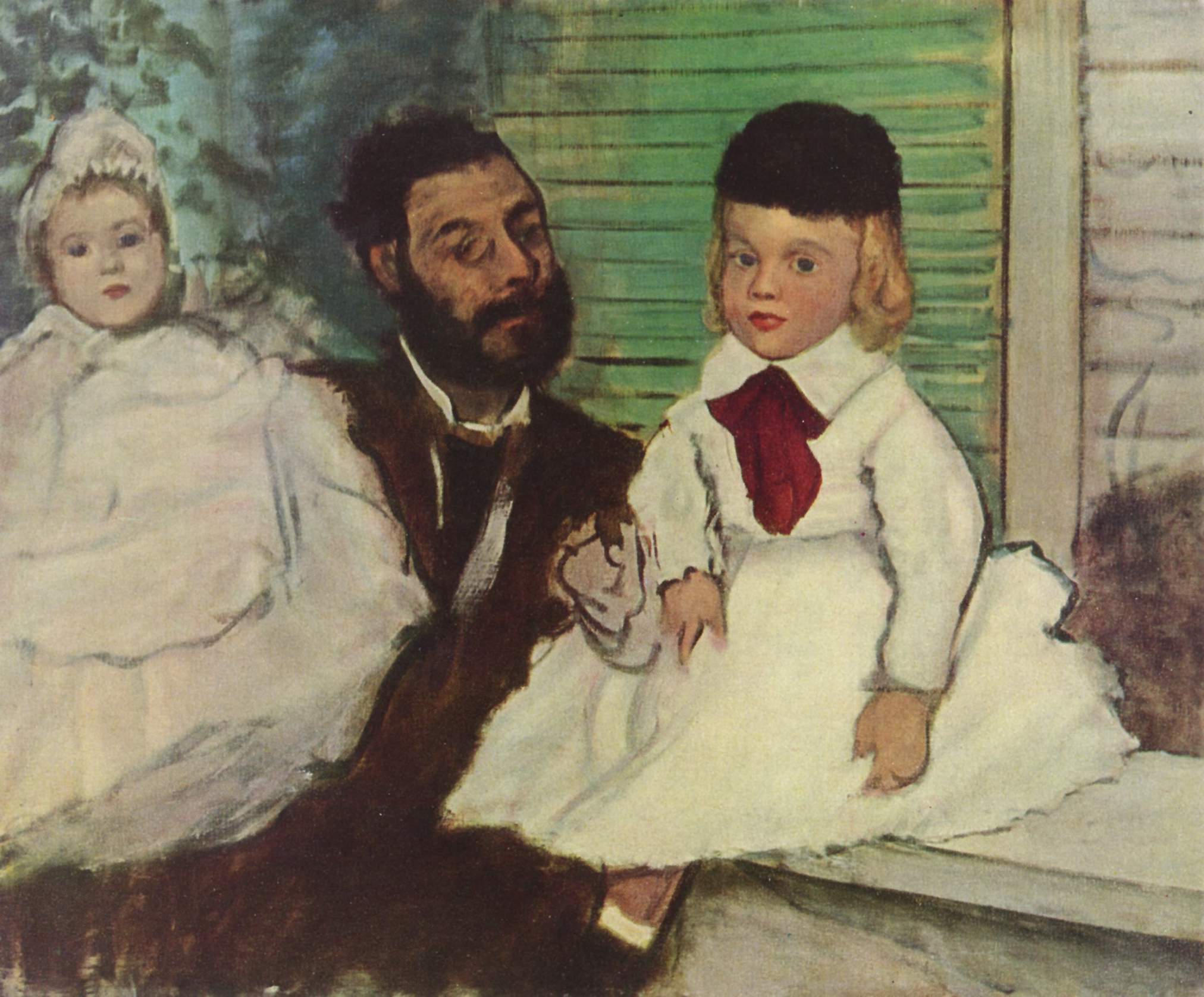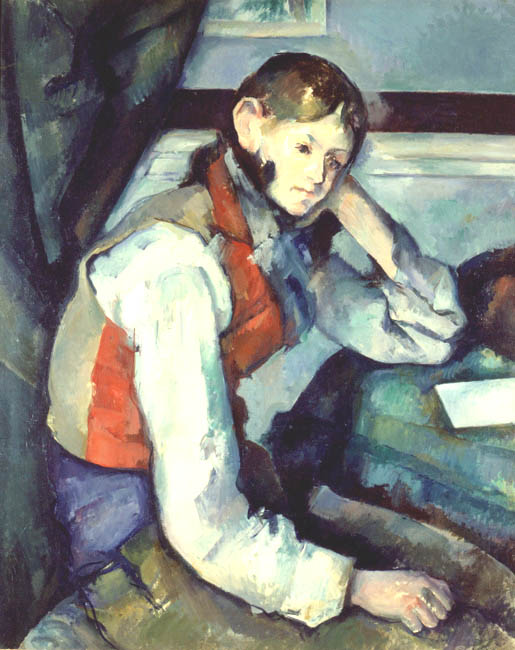Tuesday, November 15, 2016 -  art conservation,drawings,fakes and forgeries,sketch,Van Gogh
art conservation,drawings,fakes and forgeries,sketch,Van Gogh
 No comments
No comments
 art conservation,drawings,fakes and forgeries,sketch,Van Gogh
art conservation,drawings,fakes and forgeries,sketch,Van Gogh
 No comments
No comments
Has a Toronto art historian uncovered a treasure trove of Van Gogh sketches? Probably not
 |
| Self Portrait with Straw Hat, July or August 1888, Arles Attributed to Vincent Van Gogh © Éditions du Seuil |
Yesterday, at a much talked about media event at the Academy of Architecture in Paris, Bogomila Welsh-Ovcharov, a professor emerita in art history at the University of Toronto presented the findings of her new book, Vincent Van Gogh: The Lost Arles Sketchbook. The book contains a grouping of sixty-five previously unknown sketches, primarily drawn using a reed pen with brown ink, which the historian asserts is a long-lost sketchbook, made up of drawings done by the artist while he lived in the south of France.
Historically, there are four confirmed Van Gogh sketchbooks which encompass 150 drawings from the artist's stays in Antwerp, Nuenen, Paris and Auvers-sur-Oise. All four of the previously known sketchbooks are part of the Van Gogh Museum collection in Amsterdam and are meticulously stored in their prints and drawings archive, away from public view due to their sensitivity to light.
These recognized sketchbooks contain rudimentary sketches and figure studies, with only a few more detailed and elaborate compositions. One of these, a sketchbook with a marbled inside cover, contains some of the artist's first known drawings of people and places. This sketchbook captures the rural life of the artist's stay in Nuenen.
This pocket-sized sketchbook contains Van Gogh's sketch of the church in Nuenen. This not only dates the sketchbook, but it helps to authenticate the oil on canvas painting he later completed for his mother, Congregation Leaving the Reformed Church at Nuenen which was stolen from the Van Gogh Museum in 2002 and then recovered 14 years later in Italy.
The newly discovered 40.5 by 26 centimeters sketchbook presented in Paris this month contains among other drawings, a self-portrait as well as portraits of bar-owners Marie and Joseph Ginoux, the artist Paul Gauguin, and a series of landscapes and still lifes. There are also three sketches of the Yellow House on Place Lamartine in Arles. Van Gogh rented four rooms in the now famous house on May 1, 1888.
But the Van Gogh Museum in Amsterdam is not convinced of the sketchbook's authenticity. On the basis of 56 high-quality photographs sent to the museum for consultation in 2008 and 2012, their experts gave an early opinion on its sketchbook's authenticity – an opinion omitted in this recent publication, most likely at the behest of the owners of the would-be Van Gogh album.
Citing the type of ink represented in the drawings, (Van Gogh used purple and black ink) the state of the paper and deviations in the technical skills and characteristic style of the famous artist's other sketchbooks, experts at the museum do not believe that these drawings are the authentic work of Vincent Van Gogh. In a harsh rebuttal they stated that "the drawing style of the maker of the drawings in The Lost Arles Sketchbook is, in the opinion of our experts, monotonous, clumsy, and spiritless."
They also voiced serious concerns about the sketch book's provenance.
The museum's public statement on the purported sketchbook can be read in its entirety here.
But Welsh-Ovcharov stands by her theory that the work is not a fake and has stated "Van Gogh experimented here with the rhythm of the lines and just distribution. Remember: these works are made without [a] perspective frame. And in a very short time. The drawings are not intended as finished compositions. Rather, they are doodles. "
Discovering a new sketchbook, flush with so many previously unknown drawings, 126 years after the artist's death would be highly unusual, but the choice of ink is also an anomaly.
When Van Gogh sketched, he often favored pen-and-ink, using a quill, steel, or reed pen instead of black chalk, charcoal or pencils. One of the inks he preferred was crystal violet (CV), a synthetic dye that was first made in 1883, not sepia shellac, as was used in this newly discovered sketchbook.
Brightly-coloured CV triphenylmethane ink was inexpensive to manufacture and often replaced natural dye inks in works of art during Van Gogh's lifetime. But the cheap ink came at a high price, one that proved devastating to the Van Gogh's authenticated sketches. Crystal violet (CV) ink is very UV light sensitive.
Photodegradation to Vincent's drawings, sketched using the ink, have discolored rapidly. Some of the artist's drawings using the ink have turned various shades of brown and others have faded almost entirely. This sorrowful reality can be seen in the contrasting photographs of one of Van Gogh's drawings below.
 |
| Montmajour (May/June 1888), drawing with purple ink, Van Gogh Museum (Vincent van Gogh Foundation) Left– 1928 photograph; Right – 2001 photograph |
Time being a cruel master, Van Gogh's CV ink sketches have proven to be so sensitive to ultraviolet light that many of them are virtually unrecognizable. To protect what remains, the museum's curators at the Van Gogh Museum have stored the bulk of the artist's ink drawings, his letters, and the four authenticated sketchbooks in the museum's archives, away from harmful UV light and of necessity, away from public view.
Analyzing these historic photographs, we can see an eighty-year time lapse of the ink doing its damage. The black and white photograph above and to the left is from Jacob Baart de la Faille’s 1928 premier catalogue raisonné des œuvres de Vincent van Gogh. The color photo above and to the right is from the Van Gogh archive. The image today is sadly almost unrecognizable and shows in detail just how severely the artist's purple ink drawing has faded, now just a former brown shadow of its former self.
Curiously, the images in the newly discovered sketchbook, reproduced in this YouTube video, remain crisp and vibrant, now matter how clumsily they were executed.
By comparison, photographs of Van Gogh's drawings inside his four sketchbooks in the Van Gogh collection show that the artist's own drawings have not fared near as well. Each of them has been preserved in the following digital collection albums:
Comparing the two, not as a professional curator, which I am not, but as a curious writer, I would ask Professor Welsh-Ovcharov why she thinks that the famous painter would have stopped using purple or black ink, switching to seppia shallac ink in this newly-found sketchbook, only to then revert back to CV ink later?
I would also ask her why the sketches in the four Van Gogh Museum sketchbooks represent more rudimentary imagery than the more elaborate "doodles" she feels were drawn by Van Gogh this long lost album.
By: Lynda Albertson
true then it would be the fifth known intact sketchbook Vincent van Gogh. The four previous examples date and were previously published as a facsimile edition.





































